
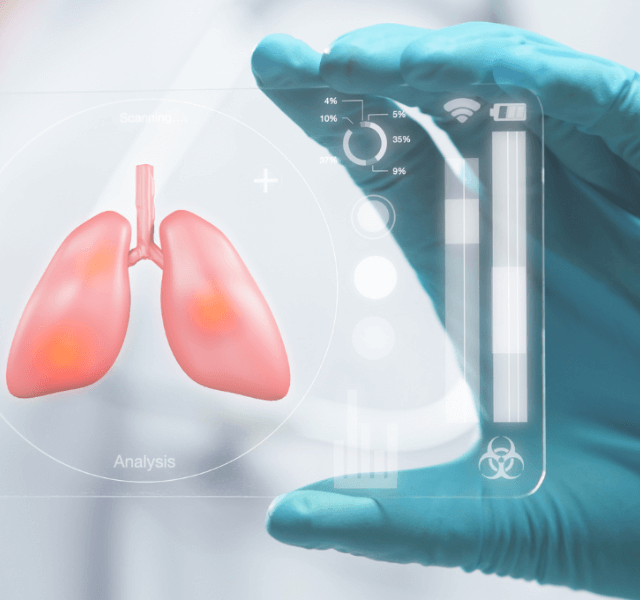
Around
people developed active TB disease in 2021, 18% higher than 2020 in India1
An estimated
people developed active TB disease globally in 20212
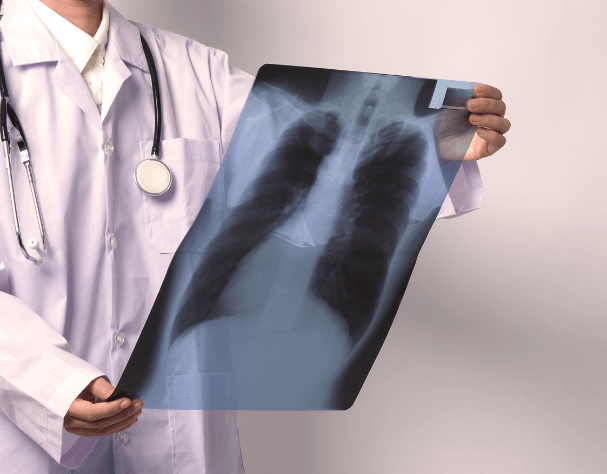
decline in TB incidence for the year 2021 (200 per 100,000 population) as compared to 2015 (237 per 100,000 population) in India2
rise in incidence rate between 2020 and 2021 globally2
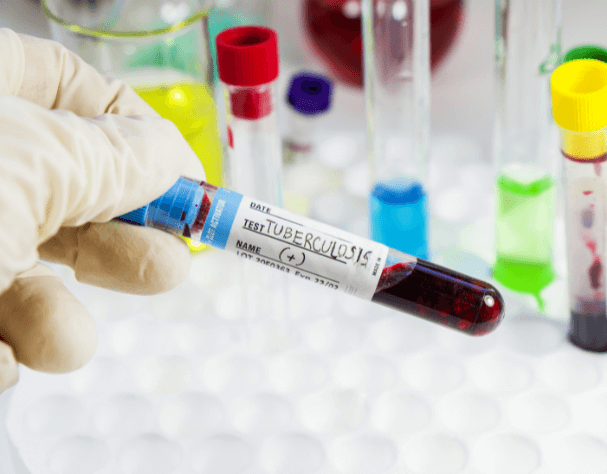
TB case notification rate increased from 131 (2020)3 to 153 (2021)1 to 172 (2022)4

deaths reported in 2021, 13% higher than than of year 2019 estimate1
Globally,
deaths from all forms of TB were reported in 20212

Under the National Strategic Plan (2017-25), India has committed to Ending TB by 2025.
Reduce TB deaths by 90%, TB incidence by 80% and catastrophic expenses to zero as compared to 2015.
In collaboration with the Central TB Division and National Technical Support Unit, IHAT implements the TB State Technical Support Unit (TB STSU) in Uttar Pradesh with the objective of supporting the state’s management of private sector engagement, strategic purchasing, Direct Benefit Transfer and multi-sectoral collaboration in order to enhance TB prevention, detection and treatment outcomes.
Support to the State TB Cell (STC), Government of Uttar Pradesh to enhance leadership capacity and establish a regulatory framework for streamlining partner procurement and contract management. Building capacity of private service providers and Patient Provider Support Agencies (PPSA).

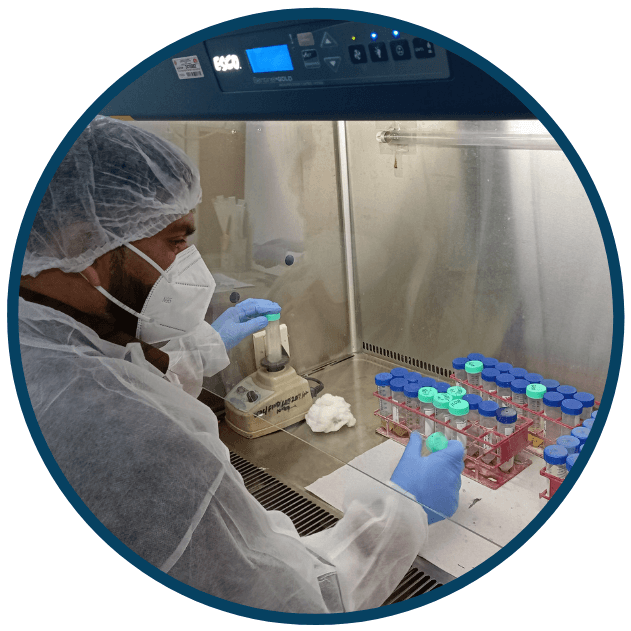
Support the state government in Uttar Pradesh to map TB diagnostics capacity, strengthen timely notification and public health actions. Enhance availability and accessibility of TB services for rural patients at Health and Wellness Centres. Assess and monitor target of 5% referrals of presumptive TB from out-patients attending public health care facilities. Strategic behaviour change communication for early detection of TB and improved TB treatment outcomes.
Monitor TB care cascades at state/district level, strengthen State Task Force (STF) for TB operations research, explore resources for special studies and implementation research, support TB surveillance.

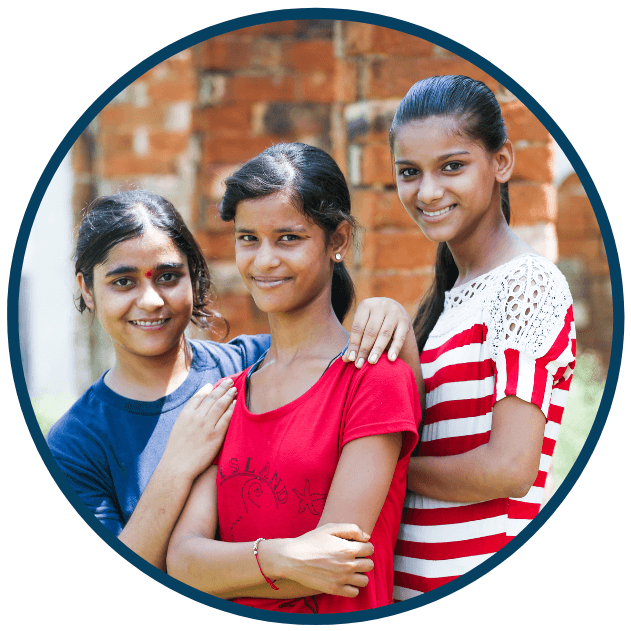
Support the government to a) enhance TB outreach services to vulnerable populations and industries, b) adopt a gendered approach focusing on elderly, children and adolescents and c) enhance social & nutritional responses for TB elimination through collaboration with other government departments and Corporates.
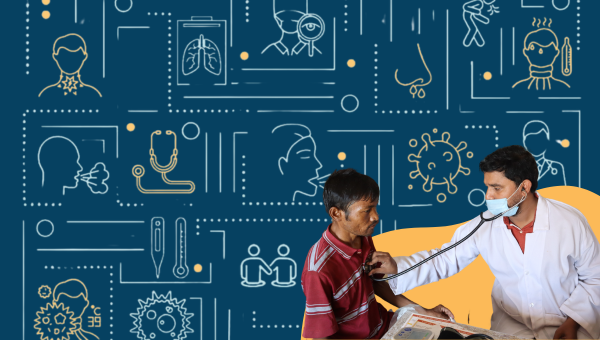
The STSU strategy brief for Uttar Pradesh (2021-2024) outlines the comprehensive approach adopted by STSU TB in enhancing private sector engagement in tuberculosis care. TheBrief details the STSU’s role in improving prevention, detection, and treatment outcomes through strategic purchasing, DBT, and multi-sectoral collaboration, aligning with the National TB Elimination Program’s goals.
Read More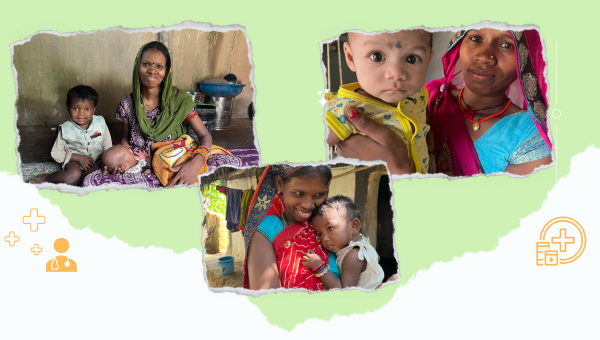
The Innovation Hub Strategy for Madhya Pradesh brief describes the IHAT-IGPH strategy for Madhya Pradesh. The overarching purpose of IHAT’s work is to catalyse the state’s response to reduce inequity in access to and utilization of critical interventions that impact population-level health outcomes, with a primary focus on health systems strengthening, reproductive, maternal newborn and child health (RMNCH) and Tuberculosis.
Read More
India contributes to more than a quarter of the TB burden globally. One in five persons notified with active TB comes from Uttar Pradesh (UP). Quality specimens are vital for the laboratory diagnosis of TB. It is more feasible to move samples rather than people for TB testing. Thus, a transportation system for TB testing to laboratories becomes crucial. This brief highlights the Volunteer Sample Transporter System that was piloted in UP, which has shown improvements in the number of samples transported.
Read More